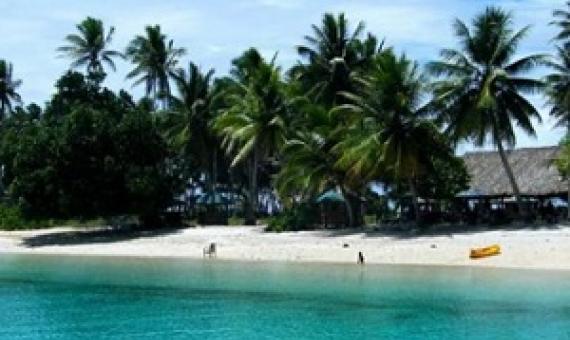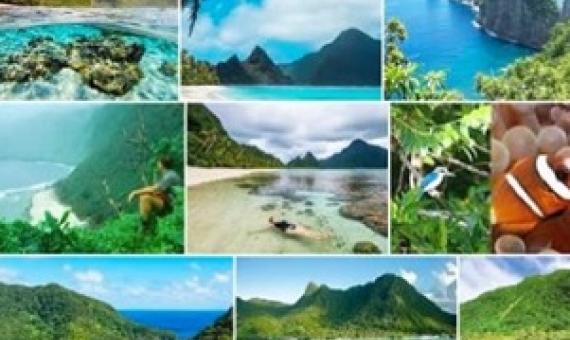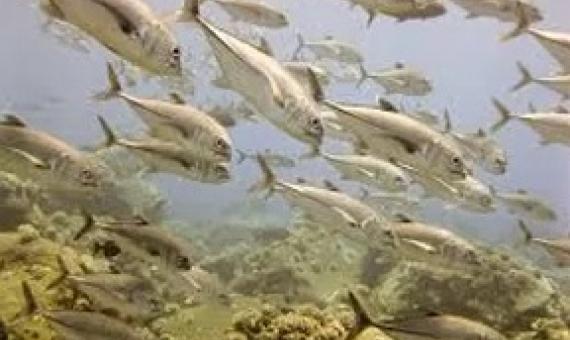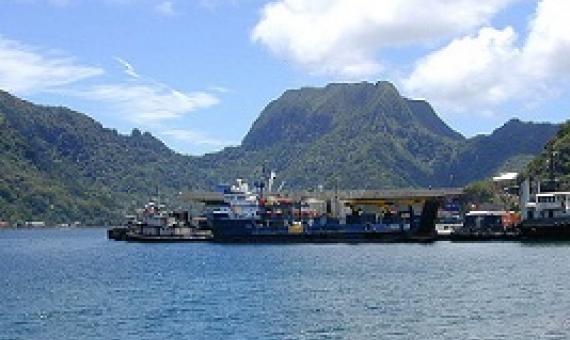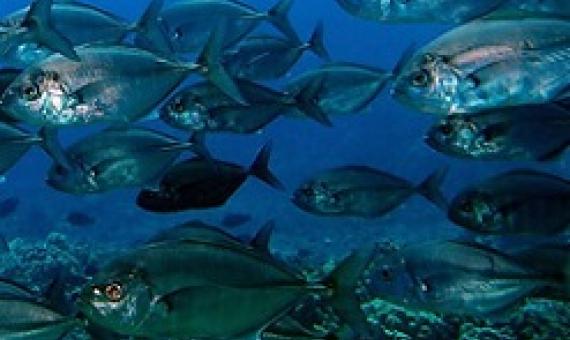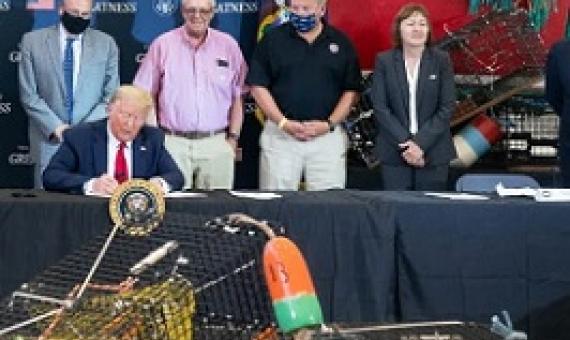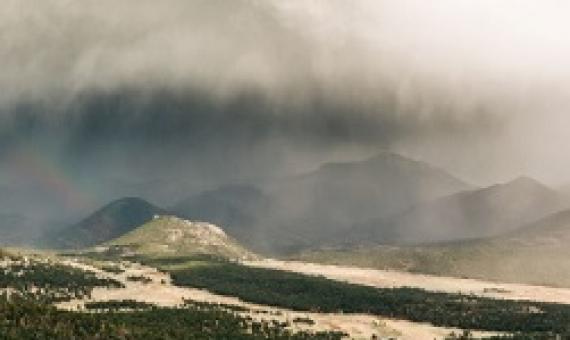In response to a directive from Congress, the Department of Energy released a report this week assessing the risks of a 50-year-old cracking and crumbling concrete nuclear waste repository in the Marshall Islands, but the findings did little to ease the concerns of Marshallese leaders in the Cent
The US Secretary of Interior David L. Bernhardt announced last week the annual economic benefit of the national parks to the U.S. and local economies for the year 2019.
Following his directive to open the Atlantic Ocean’s fully protected marine sanctuary to commercial fishing, President Donald Trump is expected to put two marine national monuments in the Pacific region on the chopping block as well, a move that will trigger&nbs
The Western Pacific Regional Fishery Management Council will convene June 22 to 25 to address management of American Samoa bottomfish and protected species interactions in the Hawai'i and American Samoa longline fisheries...The 2019 assessment of the American Samoa bottomfish fishery indicates th
The National Fish and Wildlife Foundation (NFWF) today announced that its Papahānaumokuākea Research and Conservation Fund has awarded more than $1 million in funding across six projects to support management and conservation of Papahānaumokuākea Marine National Monument.
Wearing headlamps and muck boots, the band of volunteer conservationists trudges into dark forests in Hawaii Volcanoes National Park and surrounding communities, turning over leaves and shining lights on tree trunks. Their quarry is a tiny frog called the coqui.
Characteristics of effective marine protected areas in Hawaiʻi
Ancient Hawaiians developed sophisticated natural resource management systems that included various forms of spatial management. The state of Hawaiʻi established its first legislated marine protected area (MPA) in 1953, and today there exists a patchwork of spatial marine management strategies along a range of sizes, with varying levels of governance, enforcement, and effectiveness. Approximately 12% of waters within the 50 m depth contour and 5% of waters within state jurisdiction (≤3 nmi) have some form of marine management.
Hawaiʻi’s nearshore waters need more effective management, according to a comprehensive study, led by University of Hawaiʻi at Mānoa researchers, which also found that a diverse integrated system of marine management areas can help restore the state’s declining coral reef fish
There's a whirlwind of distressing news these days. Rage over racism; fretting over finance; and coronavirus may just be getting its boots on. It's all a perfect time to unleash some quiet mayhem on the environment.
Remote wilderness areas and national parks in the western United States are getting a dusting of plastic every year, perhaps 1000 tons or more, according to a new study.

